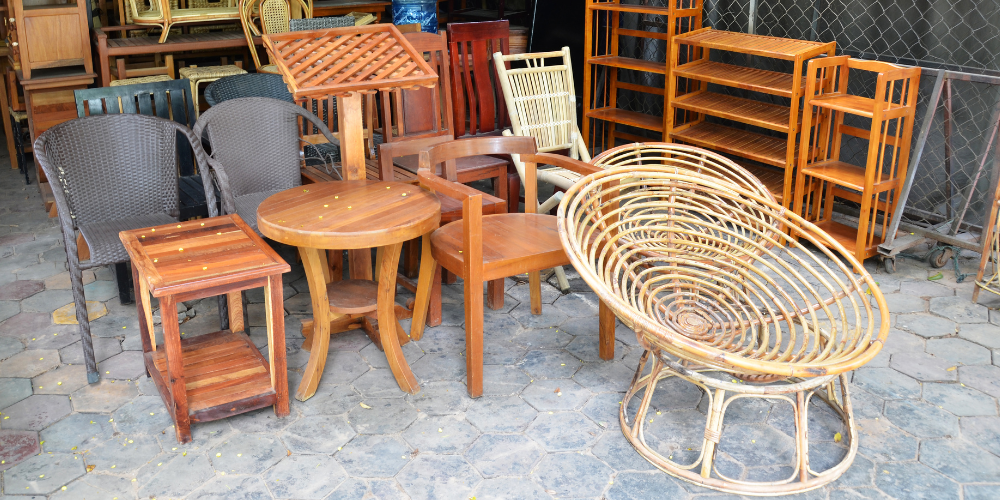Refurbishing furniture is not only friendly to your wallet but also to the environment. Before you decide to discard an old piece of furniture and opt for a new one, ask yourself, can this piece be salvaged for a lower cost? With our tips for refurbishing furniture, you can find the answer to that question and more.
Sometimes the cost of fixing a piece of furniture may exceed the cost of replacement. However, more often than not, you can enhance both its functionality and style for a fraction of the cost of purchasing a new piece. Whether you’re refurbishing to match a new aesthetic or simply repairing broken parts, knowing how to refurbish furniture properly is essential for achieving the desired results.

Table of Contents
What You Need to Know Before Refurbishing Furniture
1. Assess When It’s Not Worth Restoring
While refurbishing furniture can save you money, some items may be beyond repair. Assessing whether the investment in refurbishing is worthwhile is crucial before embarking on your project. Unless the piece holds sentimental value, it’s better to invest in a new one if refurbishing isn’t cost-effective.
2. Identify the Furniture’s Materials
Different types of furniture are made from various materials, so the refurbishing process will vary from piece to piece. Understanding the materials of your furniture ensures you acquire the proper tools to prepare and upgrade each piece effectively.
3. Plan Your Changes
Having a clear plan for the changes you want to make to your furniture streamlines the refurbishing process. Researching and planning step by step ensures you know how to execute your plan properly, with the necessary tools and supplies at hand.
4. Conduct a Deep Clean Before Refurbishing
Thoroughly cleaning a piece before refurbishing is essential for preparing the surface for changes. Painting on an unclean surface can result in uneven finishes. Ensure you conduct a comprehensive cleaning to enhance the final appearance of your project.
5. Work in a Well-Ventilated Area
When refurbishing furniture, strong odors from paint, dust, and materials may be present, making it preferable to work outdoors. If outdoor space is unavailable, working in a well-ventilated area with open windows may be sufficient to minimize exposure to fumes and toxins.
Tools You May Need
While different projects may require specific tools, here’s a general list of tools commonly used for refurbishing furniture:
1. Wood Sander
2. Wood Filler or Putty
3. Putty Knife
4. Paint Primer
5. Paint
6. Paint Brushes
7. Basic Tool Kit
Additional Tips
– Wear appropriate protective gear such as masks, goggles, and gloves when necessary.
– Estimate the time required for refurbishing before starting the project.
– Identify the correct cleaning and preparation methods to avoid damaging the furniture.
Refurbishing furniture can be a rewarding endeavor that not only saves money but also contributes positively to environmental sustainability. By carefully assessing the feasibility of restoration, understanding the materials involved, and planning out your refurbishing project, you can transform old pieces into cherished additions to your space.
Remember to prioritize safety and proper preparation throughout the process, and enjoy the satisfaction of breathing new life into your furniture while reducing waste. Whether you’re updating for a new look or repairing for functionality, refurbishing furniture offers a creative and eco-friendly solution for enhancing your living environment.




